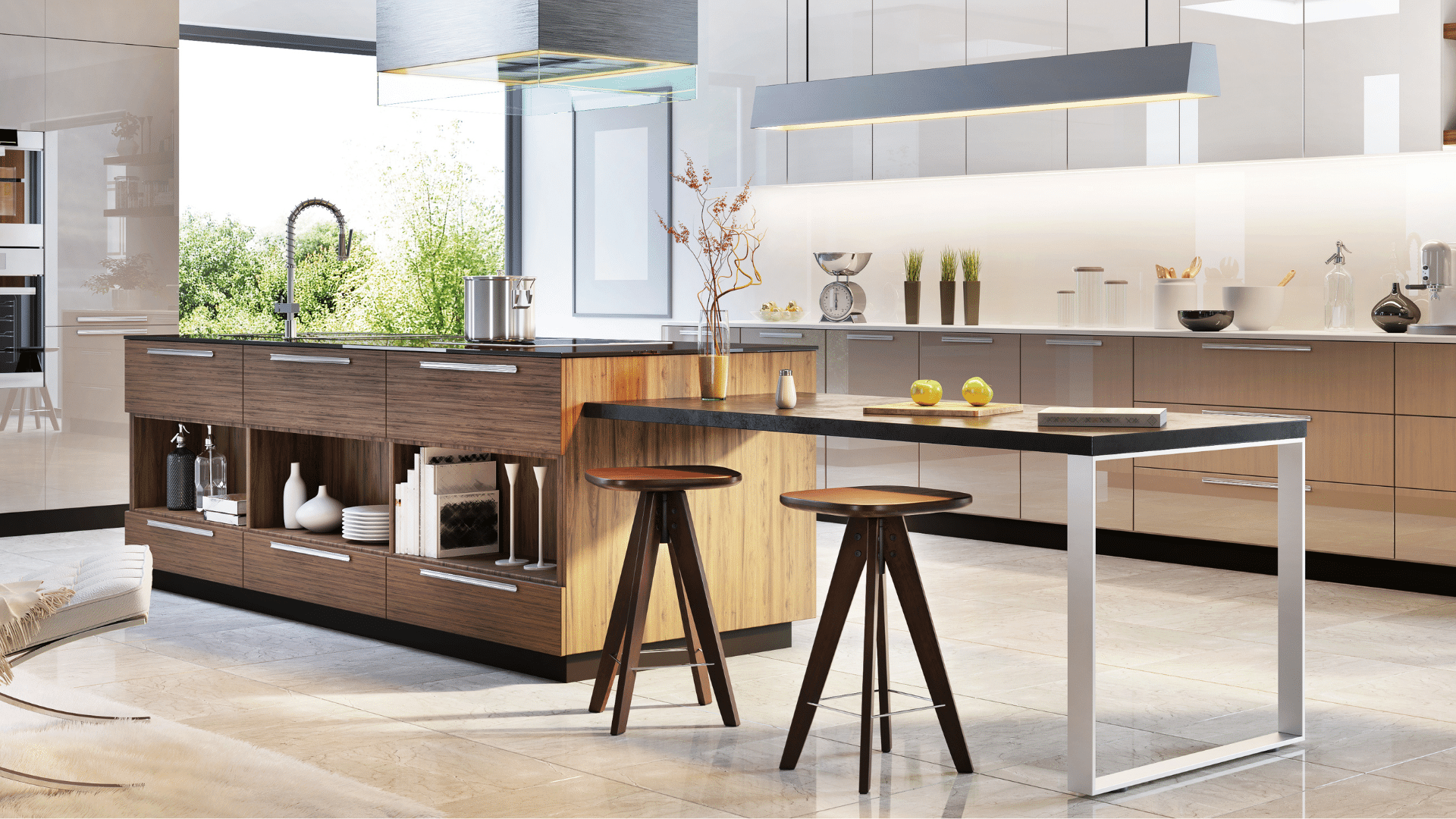Crucial Tips for Picking the Perfect Table for Your Kitchen Area
Choosing the perfect table for your kitchen is greater than simply an issue of taste; it requires a complete understanding of your space and requirements. Begin by determining your available room to guarantee enough clearance for motion. The shape of the table plays a critical duty; while rectangular tables match larger locations, rounded ones foster affection, and extendable choices supply versatility. Material option is equally critical, with hardwoods giving durability and glass financing a contemporary touch. Finally, the table ought to balance with your cooking area's visual appeals and suit your family easily. What other variables might affect this crucial choice?
Step Your Area
Picking the perfect dining table begins with a careful evaluation of your offered room. This foundational action makes certain that the table not just fits conveniently within the room yet also complements the total layout and performance of your dining area.
It is essential to leave appropriate space for chairs to be drawn out and for individuals to move around the table without blockage. A general guideline of thumb is to permit at least 36 inches of clearance from the side of the table to the local wall surface or item of furniture.
Additionally, think of the variety of individuals you generally delight and whether you require extra room for guests. Deciding for an extendable table can offer versatility, allowing you to accommodate varying numbers of restaurants. By properly measuring your space, you lay the groundwork for picking a table that improves both the aesthetics and capability of your eating area.
Pick the Right Forming

On the other hand, round tables are exceptional for smaller sized cooking areas or intimate gatherings, as they promote conversation by enabling everybody to encounter each various other. They also supply a sense of coziness and can fit well in tighter spaces as a result of their lack of sharp edges. Oblong tables use the best of both worlds, combining the size of rectangular tables with the intimacy of round ones, making them flexible for different settings.
Square tables are an additional option, specifically fit for square-shaped spaces. They create a balanced and contemporary look, fostering an equivalent dining experience for all seated.
Product Considerations
When selecting an eating table, material factors to consider are extremely important in figuring out the table's sturdiness, upkeep requirements, and total aesthetic. Timber is a timeless selection, supplying timeless allure and robustness.
Glass-topped tables give a modern, smooth appearance and can make an area appear larger because of their openness. They require regular cleaning to stop spots and finger prints. Furthermore, toughened up glass is recommended for its extra toughness and security.

Lastly, composite materials like MDF (Medium-Density Fiberboard) or plywood are economical choices. These materials can simulate the look of solid timber but might not supply the same longevity. They are usually easier to tidy yet can be look at here prone to water damages otherwise effectively secured.
Eventually, the selection of product should line up with your kitchen area's style, your lifestyle requires, and your spending plan constraints. (kitchen island legs)
Seating Capacity and Convenience
Exactly how do you figure out the best seats ability and convenience for your eating table? This crucial action involves evaluating both the physical room offered in your kitchen and your house's practical requirements. Begin by measuring your kitchen location to guarantee the table fits comfortably, permitting at least 36 inches of clearance around it for very easy movement. Take into consideration the number of people who normally dine with each other, as this will certainly affect the table dimension. For a family of 4, a rectangle-shaped table of 48 inches long or a round table with a 48-inch diameter is typically enough.
The elevation of the table ought to ideally be around 30 inches, providing a balanced ergonomic stance for seated restaurants. Chairs should have a seat height of 18 to 20 inches to make certain a comfy eating stance.
Style and Aesthetic Appeal
Picking a table that matches your design and looks entails stabilizing individual preference with the existing decoration of your eating area. The dining table is typically the centerpiece of the cooking area, and its layout needs to enhance the general style of the space. Whether your kitchen boasts a modern-day, minimal appearance or a rustic, farmhouse charm, the table you choose need to integrate with these components helpful resources to create a natural and welcoming environment.
Think about materials meticulously; wood offers a timeless charm and can range from abundant mahogany for a typical seek to lighter oak for a contemporary feel. Steel and glass tables, on the other hand, can present a sleek, commercial side to your kitchen area. Do not ignore the table's shape-- rectangle-shaped tables are timeless and functional, while round and oblong alternatives can promote a much more intimate eating experience.
Furthermore, pay very close attention to information and surfaces. A distressed finish might add personality and warmth, whereas a glossy surface area can add to a tidy, contemporary visual. Eventually, your table should not only fit seamlessly right into your kitchen's style but likewise mirror your individual design, elevating the room both functionally and aesthetically.
Final Thought
In verdict, picking the perfect eating table for a kitchen area requires cautious analysis of area, form, product, seating ability, and visual harmony. Ultimately, an appropriate eating table cultivates an inviting ambience and accommodates the household conveniently, therefore enhancing the dining experience.

When choosing a dining table, material considerations are critical in figuring out the table's durability, maintenance demands, and total visual. For a family members of four, a rectangular table of 48 inches long or a round my website table with a 48-inch diameter is usually sufficient.
Don't ignore the table's form-- rectangular tables are flexible and timeless, while round and oval choices can cultivate an extra intimate dining experience. kitchen island legs.